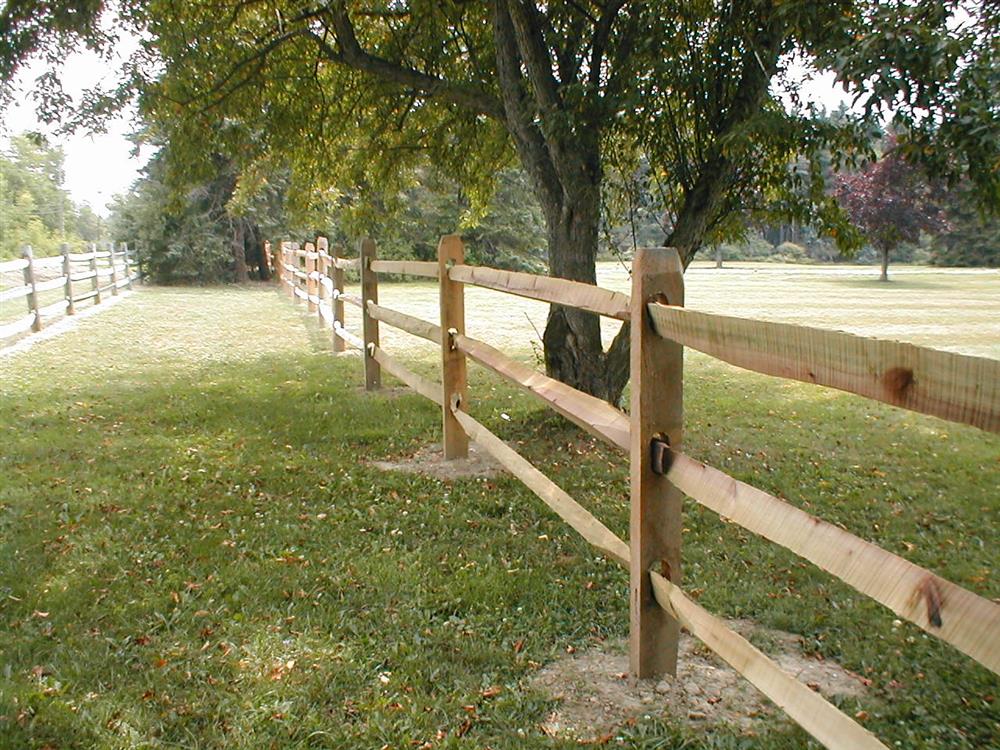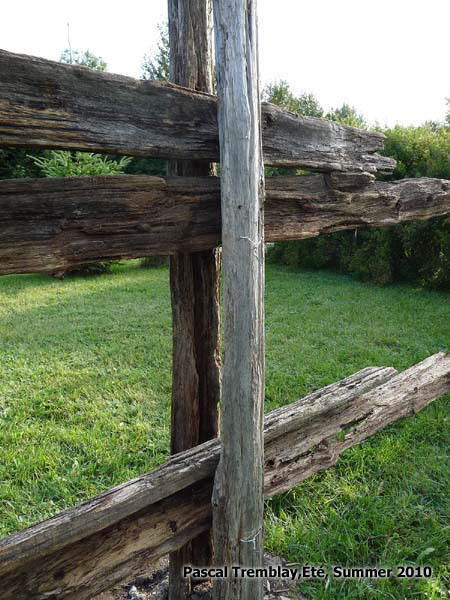
Wikimedia Commons has media related to Timber fences.

This style is commonly used as decorative fencing, or for horse-keeping. This is not free-standing but consists of vertical posts placed in the ground, having holes ( mortises) in each side into which the roughly pointed ends of split rails (usually of sweet chestnut) are placed. In the United Kingdom (and increasingly in suburban America) a different style of split-rail fence is used.
#Diy split rail fence with branches free
The use of two rails to form a cross, having a top rail, bench rails and lower heavier rails, allowed it to be free standing, withstand heavy winds and take up less fence bottom than the zigzag or snake fence. These styles became known as Patent Cedar Fences, also called Patent Fences or Patent Rail Fences. In Canada an attempt was made to patent several cedar fence designs. During the American Civil War, these split rail fences were a major source of firewood for both the Union and Confederate armies. They can even be partially or wholly disassembled if the fence needs to be moved or the wood becomes more useful for other purposes. They are particularly popular in very rocky areas where post hole digging is almost impossible. They also can be built without using any nails or other hardware such hardware was often scarce in frontier areas. However, they are very simple in their construction, and can be assembled with few tools even on hard or rocky ground. So I guess they are common fences for keeping horses in. I’m never knew why I made the association between the two but apparently a split rail fence is also know as a horse fence. Such fences require much more timber than other types of fences, and so are generally only common in areas where wood is abundant. Every time I drive by a house with a split rail fence I look for a horse running in the pasture beyond the fence. This is an excellent option if you have a mature garden and older home that would look odd with a brand new fence. Thats because the fence is made from old distressed wood, rather than brand new materials. Tack one nail into one end of the board, to attach it to your first post. Drill starter holes to keep the nails from splitting the fence rails. ( December 2010) ( Learn how and when to remove this template message)Ī split-rail fence or log fence (also known as a zigzag fence, worm fence or snake fence historically due to its meandering layout) is a type of fence constructed in the United States and Canada, and is made out of timber logs, usually split lengthwise into rails and typically used for agricultural or decorative fencing. This rustic split rail fence looks like its always been there. To keep the thin fence rails from splitting, you should drill starter holes where the nails (or screws, if you prefer) will go. You may improve this article, discuss the issue on the talk page, or create a new article, as appropriate. This was a simple way to build a fence because no digging was required for post holes.The examples and perspective in this article deal primarily with the United States and do not represent a worldwide view of the subject. Rails were split from logs with hammers and wedges, and then stacked in a zig-zag pattern. They were also used to mark positions on Civil War battlefields. What is the purpose of a zig zag fence?ĭuring the 1800s, land owners built split-rail fences to manage livestock. Unlike electronic fence, split rail does not fail due to power outages, battery issues or broken lines, and it does not shock your best friend. It retains the timeless beauty of split rail fence while keeping your furry friends safely enclosed. Split rail fence with welded wire is ideal for dogs.

This type of treated wood is also filled with chemicals – those can leach out into the surrounding ground, which is why it should never be used near potable water sources or food gardens. Pressure Treated Rails Pressure treated wood will usually last about 9 and 25 years, so it comes in just under the natural cedar. How long will pressure treated split rail fence last? Note: To compensate for short rails you may want to divide the shortage by reducing the length of rails on both the first and last sections. When installing our 8’6” rails, posts should be spaced approximately 8′ on center. How far apart should posts be for a split rail fence?Īllow enough length to put a new scarf on the rail by use of a chain saw or table saw. Follow the same instructions as the first post. Insert the second post in the ground exactly in line with the rails and the first post. Now align the rails with where the second post will go. With your first post in the ground, you can insert the rails into the already drilled slits in the post.



 0 kommentar(er)
0 kommentar(er)
